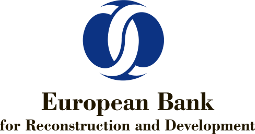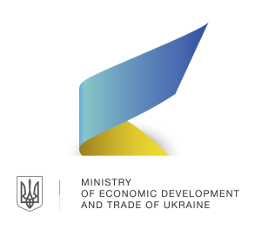Ukraine is located in the central part of Eastern Europe, on the crossroads of major transportation routes from Europe to Asia and from the Scandinavian states to the Mediterranean region. It had a GDP of 112 billion USD in 2017 and 2.5% GDP growth in 2017. Its GDP per capita is 2.6 thousand USD. The fiscal deficit of 2.3% GDP in 2017 was within the targets of the government, despite a high spending growth.
Ukraine has a population of 45 million people with a 99.4 literacy rate and a mandatory 12 years of schooling. Over 70% of people have a secondary degree or higher education. As a result of a global desire for education, more than 130,000 engineers graduate from universities each year. In recent years there has been a significant increase in the number of people speaking English in Ukraine – today Ukraine is ranked 41st for proficiency in English by Education First.
Ukraine has been a member of the World Trade Organization (WTO) since 2008 and signed the Deep and Comprehensive Free Trade Agreement (DCFTA) with the European Union in 2014. Additional trade agreements include the CIS Free Trade Agreement in 2012; the European Free Trade Association in 2012; and direct free trade agreements with Montenegro, Macedonia, Georgia, Azerbaijan, Uzbekistan, Tajikistan, and Turkmenistan. Also, in 2016 the Canada-Ukraine Free Trade Agreement was signed. Now Ukraine is actively negotiating bilateral FTAs with Turkey and Israel.
In 2016 Ukraine officially joined the WTO Agreement on Government Procurement, and has access to markets of 45 participating countries (including the US, the EU, Japan, and others). Also in 2017 Ukraine joined the OECD Declaration on International Investment and Multinational Enterprises and committed to providing an open and transparent environment for international investments.
Ukraine ranks 76th in the 2017 World Bank Doing Business index (up from 152th in 2011), and has risen to the 43rd place in the 2018 Global Innovation Index (from 50th).





